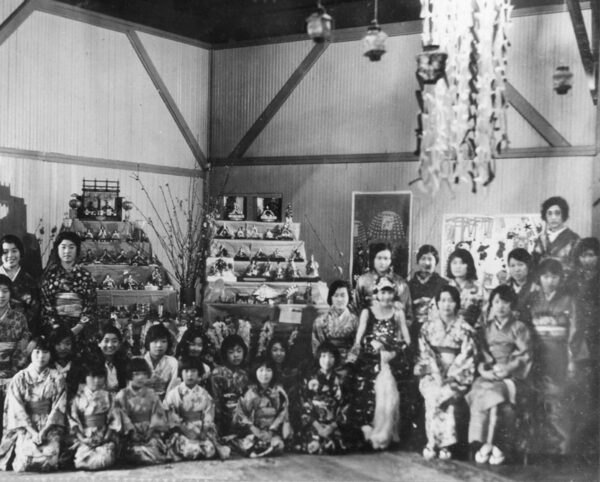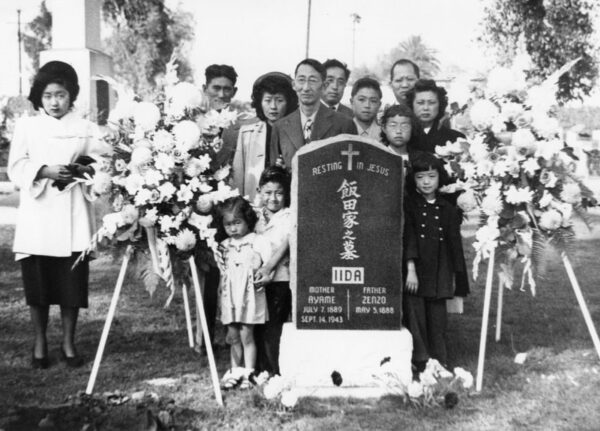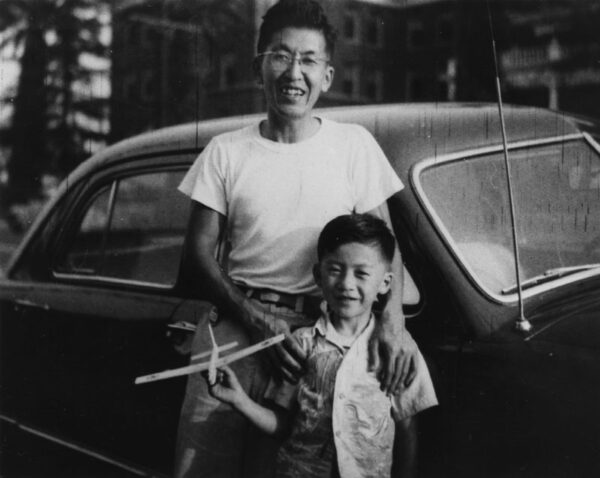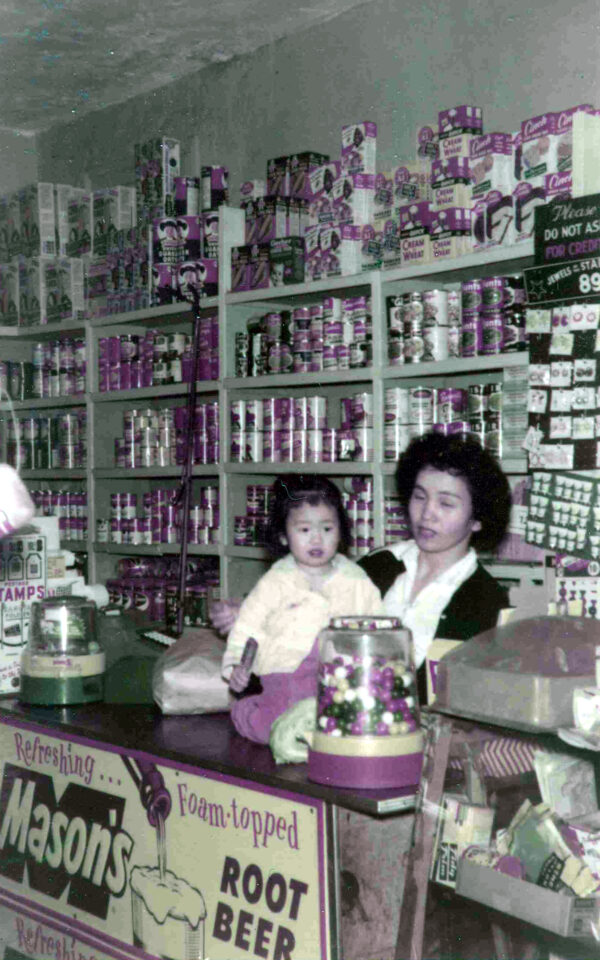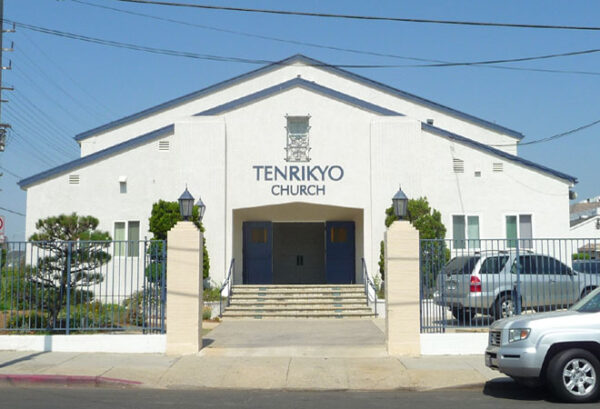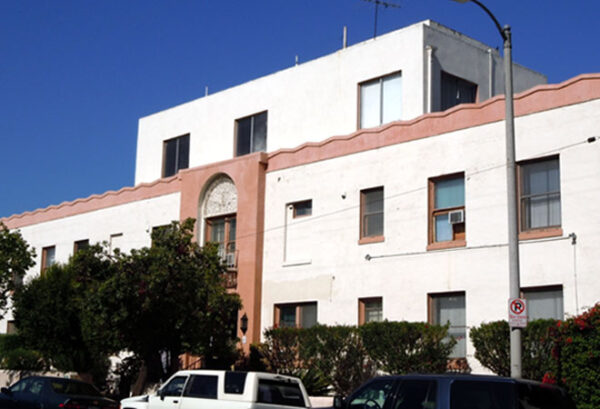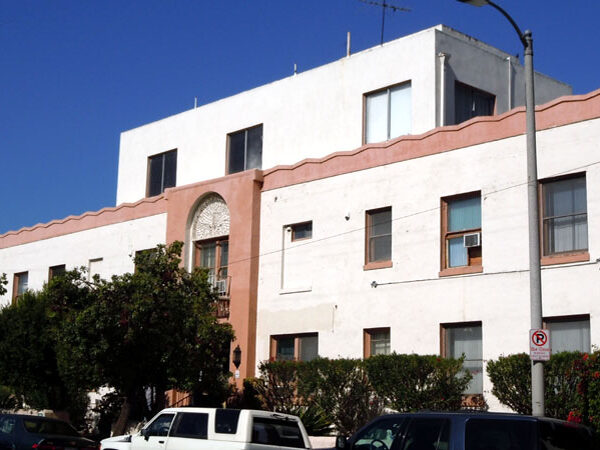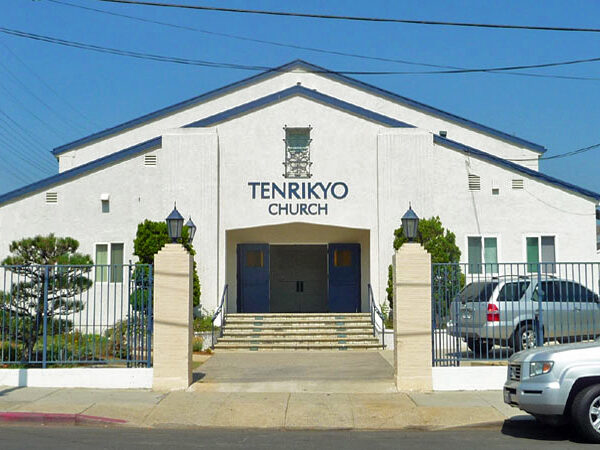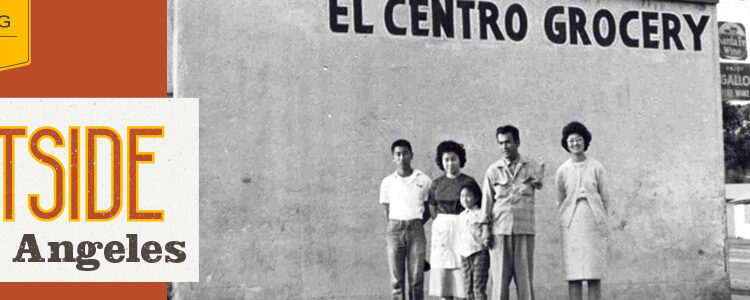
Japanese American Heritage
The Eastside's Japanese American community was greatly affected by national patterns and events in the early twentieth century.
Japanese immigration to the United States first began to boom in the 1880s, following the passage of the Chinese Exclusion Act of 1882. The absence of Chinese laborers created tremendous opportunities for other low-wage workers, although Japanese immigration would be curtailed in the early twentieth century due to an agreement between the U.S. and Japan.
After the 1906 earthquake in San Francisco, many Japanese Americans migrated to Los Angeles and settled in the area that would eventually be known as Little Tokyo. During the 1910s and ’20s, the community expanded along the First Street corridor into Boyle Heights, contributing to the multicultural identity of the Eastside.
The entry of the U.S. into World War II had a dramatic impact on the local community. In 1942, President Franklin D. Roosevelt issued Executive Order No. 9066, which allowed for the forced removal and incarceration of Japanese and Japanese Americans, primarily those living on the West Coast.
Homes and businesses throughout the Eastside were vacated as local residents were uprooted. The population of the Eastside ballooned after the war ended, as both servicemen and the Japanese community returned to their homes.
Like other minority groups, Japanese Americans faced widespread discrimination, even before World War II.
Prejudices among medical professionals prompted Mary Akita, Los Angeles’ first Japanese American nurse, to open her home as a maternity hospital for Issei (first-generation immigrant) women. The maternity hospital became known as Turner Hospital, the precursor to the 1929 Japanese Hospital. The Japanese Hospital was established as a result of a seminal case before the U.S. Supreme Court, which ruled that the State of California could not deny the application of five Issei doctors to incorporate a proposed medical facility in Boyle Heights.
A short distance from the Japanese Hospital is Tenrikyo Church, established in 1934. This location serves as the national administrative headquarters for all Tenrikyo Churches. It also has an adjacent Japanese library and a dojo that has been instrumental in making Judo an Olympic sport.
The Maravilla Handball Court and El Centro Grocery (1920s, 1946) exemplify the multiculturalism of the Eastside, including the ongoing presence of the Japanese American community. Although the handball court primarily served the local Mexican American community, the neighborhood of Maravilla was also home to Irish, German, Japanese, and Armenian immigrants in the early twentieth century.
In the 1950s, Shigeru “Tommy” and Michiyo “Michi” Nishiyama began renting El Centro Grocery and lived in a residence that had been constructed on the property. The couple moved to Maravilla after Michi was released from an Idaho internment camp, and they quickly became fixtures of the community.
In 1971, they purchased the handball court and grocery store, turning the site into the primary social and cultural center in Maravilla. Tommy himself was a member of the still-active Maravilla Handball Club. The couple passed away in the mid-2000s, and their son leases the property today to the Maravilla Historical Society. The handball court and grocery store were listed on the California Register of Historical Resources in 2012.
